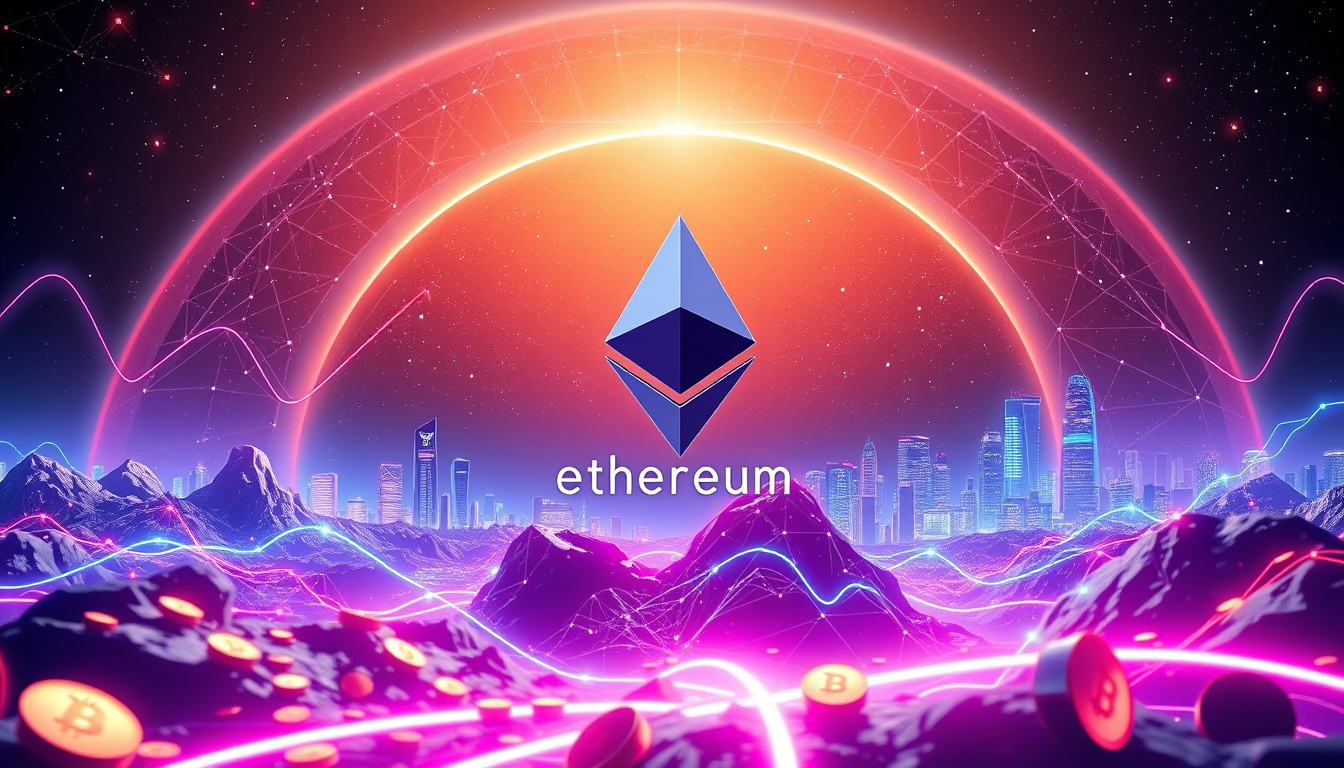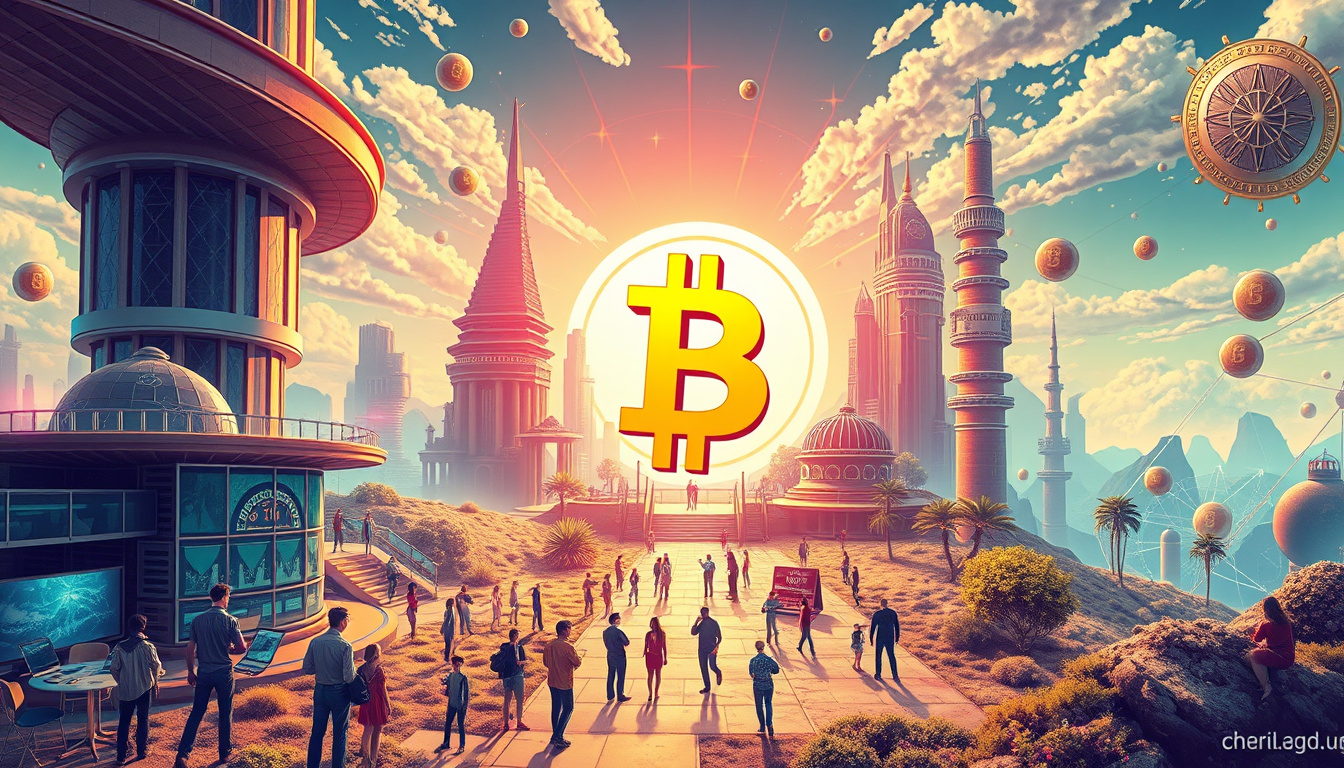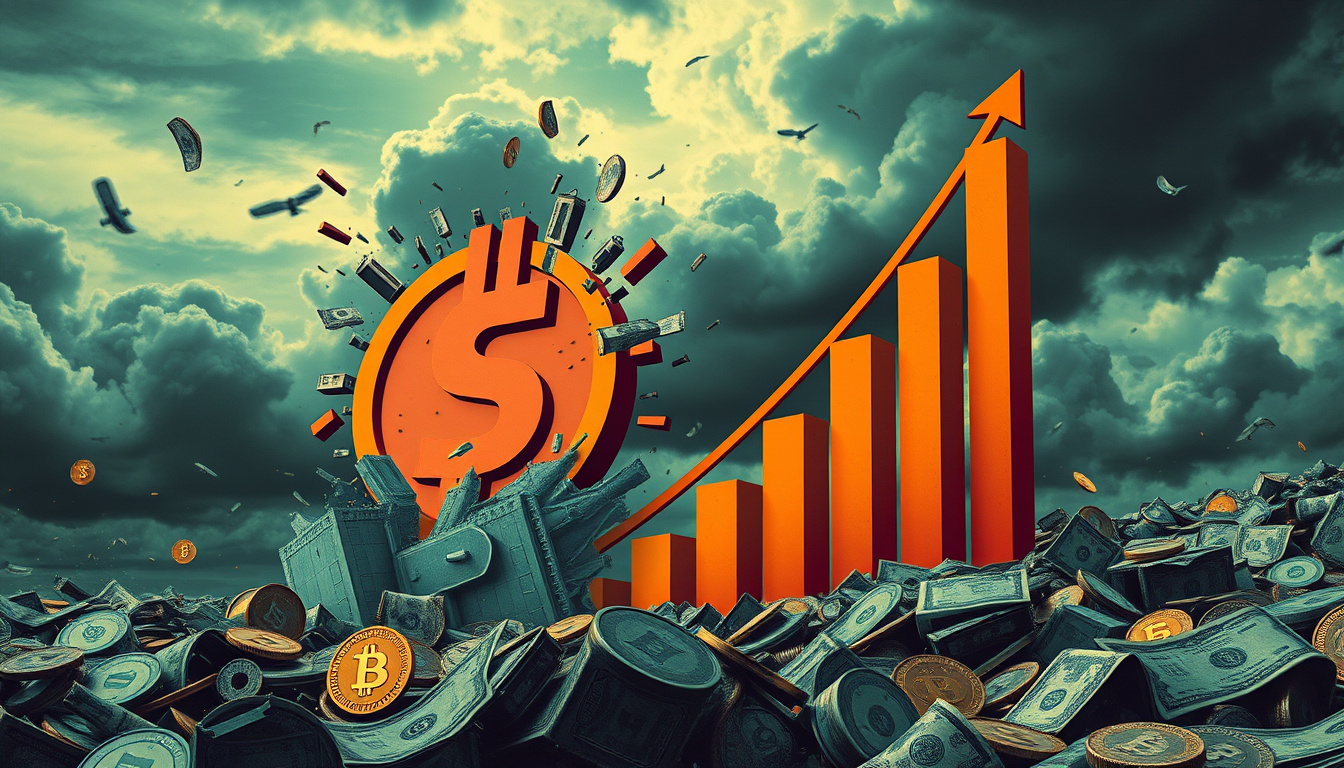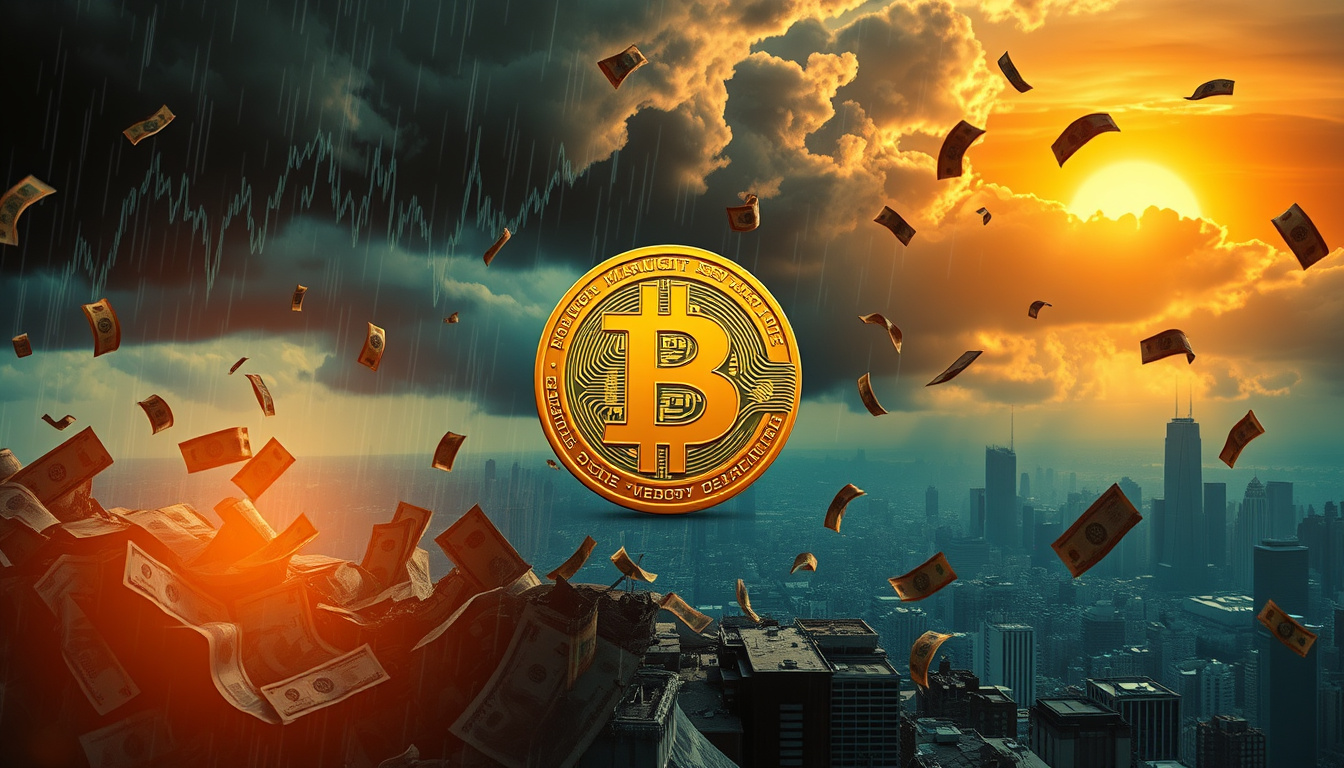Table of Contents
In recent years, the global economy has faced numerous challenges, but the imposition of tariffs and the specter of stagflation have emerged as critical concerns for many observers. As trade disputes, particularly between the United States and China, continue to escalate, the ramifications on economic stability have become increasingly pronounced. This article delves into the concepts of tariffs and stagflation, exploring their significance and how they might shape our economic future.
Understanding Tariffs and Their Impact
Tariffs, essentially taxes imposed on imported goods, are often viewed as tools to protect domestic industries and reduce trade deficits. However, they also lead to increased costs for consumers and heightened tension in international trade relations. In the context of the U.S.-China trade war, tariffs have escalated significantly, with rates soaring above 125% on products from both nations. Despite recent announcements regarding a temporary pause on certain tariffs, the overall rate remains considerably high, which continues to cast a long shadow over global economic dynamics.
The notion behind these tariffs is to encourage businesses to shift production back to the United States—commonly referred to as "reshoring." Proponents argue this strategy is essential for national security and reducing dependence on foreign supply chains. Yet critics point out that such a transition may be less feasible due to advancements in automation and artificial intelligence, which have significantly altered the manufacturing landscape. Consequently, while tariffs might yield some short-term benefits, the long-term implications could pose severe risks to economic growth and innovation.
The Threat of Stagflation
While tariffs have immediate consequences, many economists express concern that they may lead to a far more dangerous phenomenon: stagflation. Stagflation occurs when an economy experiences stagnant growth, high inflation, and elevated unemployment simultaneously. This situation was made famous during the 1970s when oil crises and poor economic policy resulted in a loss of consumer confidence and widespread economic malaise.
Currently, the fear surrounding stagflation is resurging as tariffs contribute to inflationary pressures while simultaneously suppressing economic growth. High costs associated with tariffs can lead to decreased consumer spending and investment, while persistent supply chain disruptions exacerbate the situation. The combination of these factors raises the urgent question: Are we on the brink of a stagflation crisis?
The Implications of Economic Uncertainty
The intersection of tariffs and stagflation brings about significant uncertainty in the global market. Both the U.S. and China account for approximately 43% of the world's economy, making any downturn in either nation likely to ripple across the globe. If economic conditions worsen—thanks in part to restrictive trade policies—corporate investment may be hindered, leading to prolonged economic stagnation and heightened unemployment.
The consequences of prolonged stagflation are dire. As consumers, businesses, and governments grapple with eroded purchasing power and increased economic hardship, the resulting "misery index"—a measure combining inflation and unemployment rates—could serve as a barometer for public sentiment and economic health. High misery indices indicate broader discontent and can fuel social unrest, further complicating recovery efforts.
What Lies Ahead?
The path forward remains fraught with uncertainty. While some policymakers believe that careful negotiation and the potential exemption of specific industries from tariffs may soften the blow, the underlying economic forces at play suggest that these solutions may only provide temporary respite. The real test lies in how effectively economies adapt to these changing dynamics and whether governments can implement measures to cushion citizens from the adverse effects of stagnation and inflation.
As the narrative surrounding tariffs and stagflation unfolds, it becomes crucial for individuals and businesses to stay informed and agile. Understanding these economic intricacies not only allows stakeholders to navigate the current landscape but also equips them to anticipate future challenges. In this rapidly evolving climate, the resilience of the global economy will depend largely on the collective response to these pressing issues.
By Wolfy Wealth - Empowering crypto investors since 2016
[highlight=transparent]⚡️Exclusive research[/highlight]
[highlight=transparent] 📈 Early signals[/highlight]
[highlight=transparent] 📬 Weekly reports[/highlight]
[highlight=transparent] Just what you need to win in crypto. [/highlight][highlight=transparent]Click [/highlight]Here
Disclosure: Authors may be crypto investors mentioned in this newsletter. Wolfy Wealth Crypto newsletter, does not represent an offer to trade securities or other financial instruments. Our analyses, information and investment strategies are for informational purposes only, in order to spread knowledge about the crypto market. Any investments in variable income may cause partial or total loss of the capital used. Therefore, the recipient of this newsletter should always develop their own analyses and investment strategies. In addition, any investment decisions should be based on the investor's risk profile.









